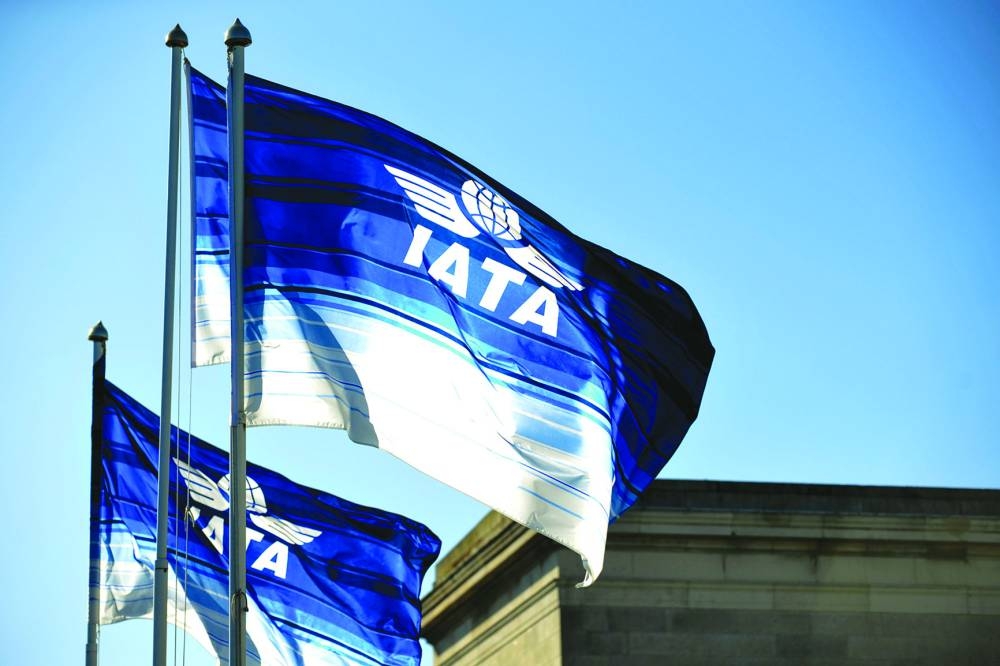IATA’s 2022 Safety Report for global aviation showed a reduction in the number of fatal accidents and the fatality risk, compared to 2021 and the five year average between 2018 and 2022.
From this year, the safety report has been re-invented as an online interactive resource rather than in static PDF format.
Report highlights include:
• In 2022, there were five fatal accidents involving loss of life to passengers and crew. This is reduced from seven in 2021 and an improvement on the five year average (2018-2022) which was also seven.
• The fatal accident rate improved to 0.16 per million sectors for 2022, from 0.27 per million sectors in 2021, and also was ahead of the five year fatal accident rate of 0.20.
• The all accident rate was 1.21 per million sectors, a reduction compared to the rate of 1.26 accidents for the five years 2018-2022, but an increase compared to 1.13 accidents per million sectors in 2021.
• The fatality risk declined to 0.11 from 0.23 in 2021 and 0.13 for the five years, 2018-2022.
• IATA member airlines experienced one fatal accident in 2022, with 19 fatalities.
IATA’s Director General Willie Walsh said, “Accidents are rare in aviation. There were five fatal accidents among 32.2mn flights in 2022. That tells us that flying is among the safest activities in which a person can engage. But even though the risk of flying is exceptionally low, it is not risk-free.
“Careful analysis of the trends that are emerging even at these very high levels of safety is what will make flying even safer. This year’s report, for example, tells us that we need to make some special efforts on turboprop operations in Africa and Latin America. Safety is aviation’s highest priority, and our goal is to have every flight take off and land safely regardless of region or aircraft type.”
The industry 2022 fatality risk of 0.11 means that on average, a person would need to take a flight every day for 25,214 years to experience a 100% fatal accident. This is an improvement over the five-year fatality rate (average of 22,116 years).
Despite the reduction in the number of fatal accidents, the number of fatalities rose from 121 in 2021 to 158 in 2022. The majority of fatalities in 2022 occurred in a single aircraft accident in China that claimed the lives of 132 persons.
The airline involved was not an IATA member but is on the IATA Operational Safety Audit (IOSA) registry (see Notes for Editors). The next largest loss of life occurred in an accident to an IATA member in Tanzania that resulted in 19 fatalities (see Notes for Editors). Participation in IOSA is a requirement for IATA membership.
“IOSA continues to be the global standard for operational safety audits. With carriers on the IOSA registry having an aggregate safety record that is four times better than non-IOSA carriers, it is clearly continuing to make a difference. Now celebrating its 20th anniversary, we are transitioning IOSA to a risk-based model. By focusing on pertinent safety risks while maintaining a baseline of safety, IOSA will contribute to raising the safety bar even higher. Additionally, the IATA Standard Safety Assessment (ISSA), for operators of smaller aircraft that are not eligible for the IOSA programme, ensures we look to deliver continuous improvement in safety performance across the whole aviation ecosystem,” Walsh noted.
The global average jet hull loss rate rose slightly in 2022 compared to the five-year average (2018-2022). Five regions saw improvements, or no deterioration, compared to the five-year average.
The number of turboprop accidents declined in 2022 compared to 2021 but they accounted for four of the five fatal accidents last year with loss of life to passengers and crew onboard. Although sectors flown by turboprops represented just 10.6% of the total, turboprops were involved in 36% of all accidents, 80% of fatal accidents and 16% of fatalities in 2022.
Six regions showed improvement or no deterioration, in the turboprop hull loss rate in 2022 when compared to the five-year average. The two regions to see increases compared to the five-year average were Latin America/Caribbean and sub-Saharan Africa.
“Both sub-Saharan Africa and Latin America saw increases in turboprop accidents last year. Introduction and adherence to global standards (including IOSA) are key to reversing this trend. The priority for Africa continues to be implementation of the International Civil Aviation Organisation’s (ICAO) safety-related standards and recommended practices (SARPS),” said Walsh.
Business
IATA’s 2022 Safety Report for global aviation shows reduction in fatal accidents, fatality risk

IATA’s 2022 Safety Report for global aviation showed a reduction in the number of fatal accidents and the fatality risk, compared to 2021 and the five year average between 2018 and 2022

